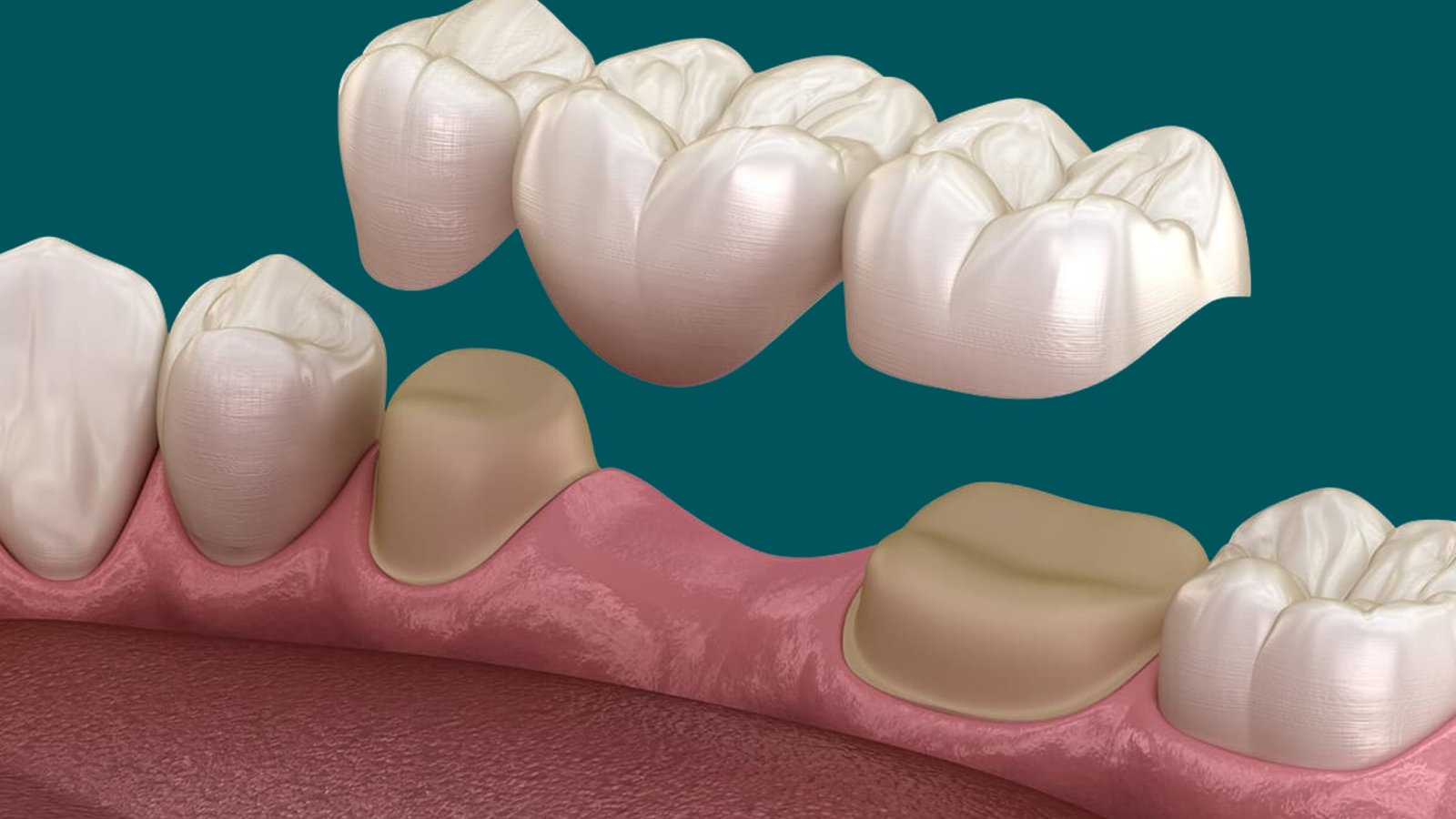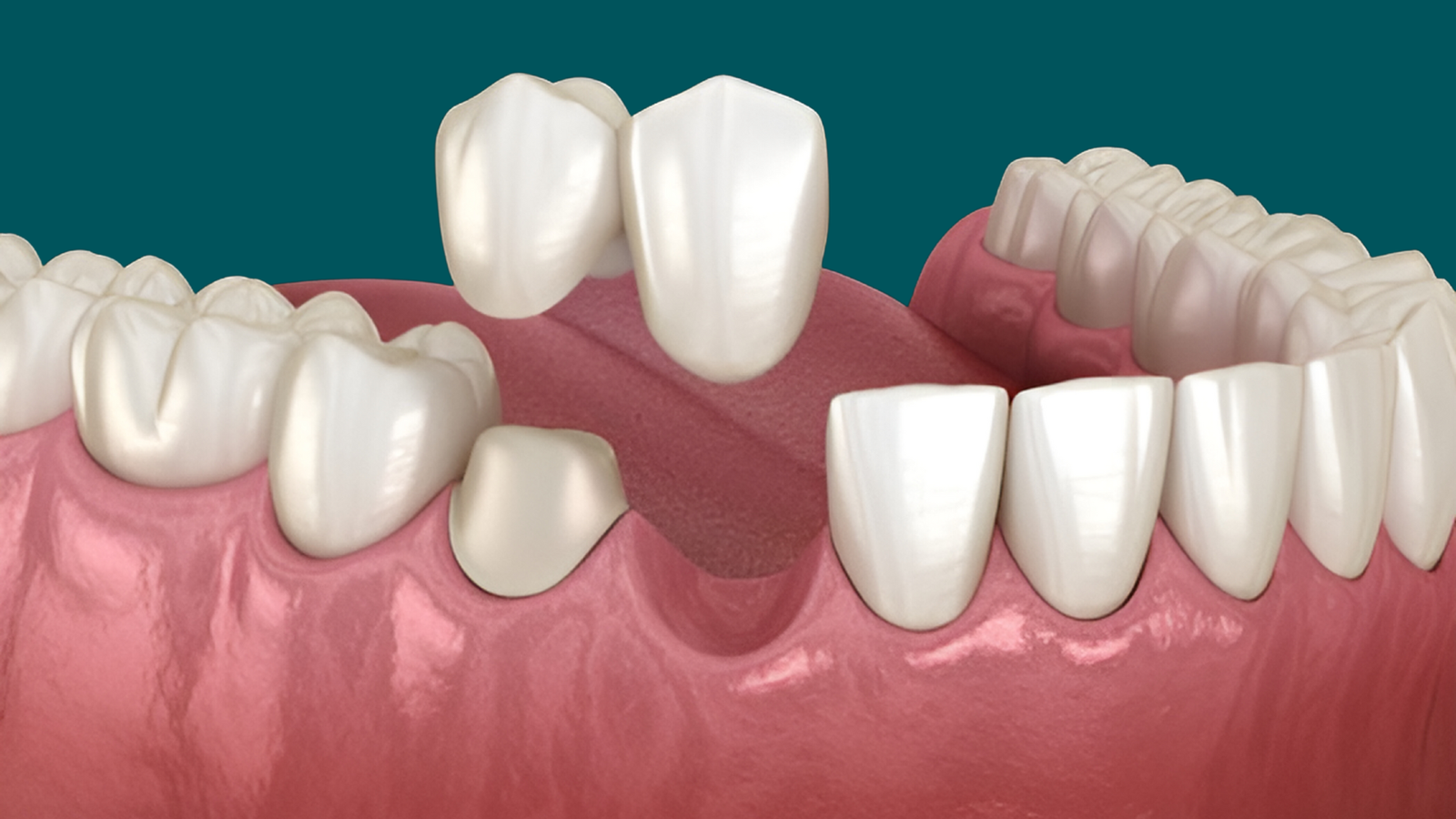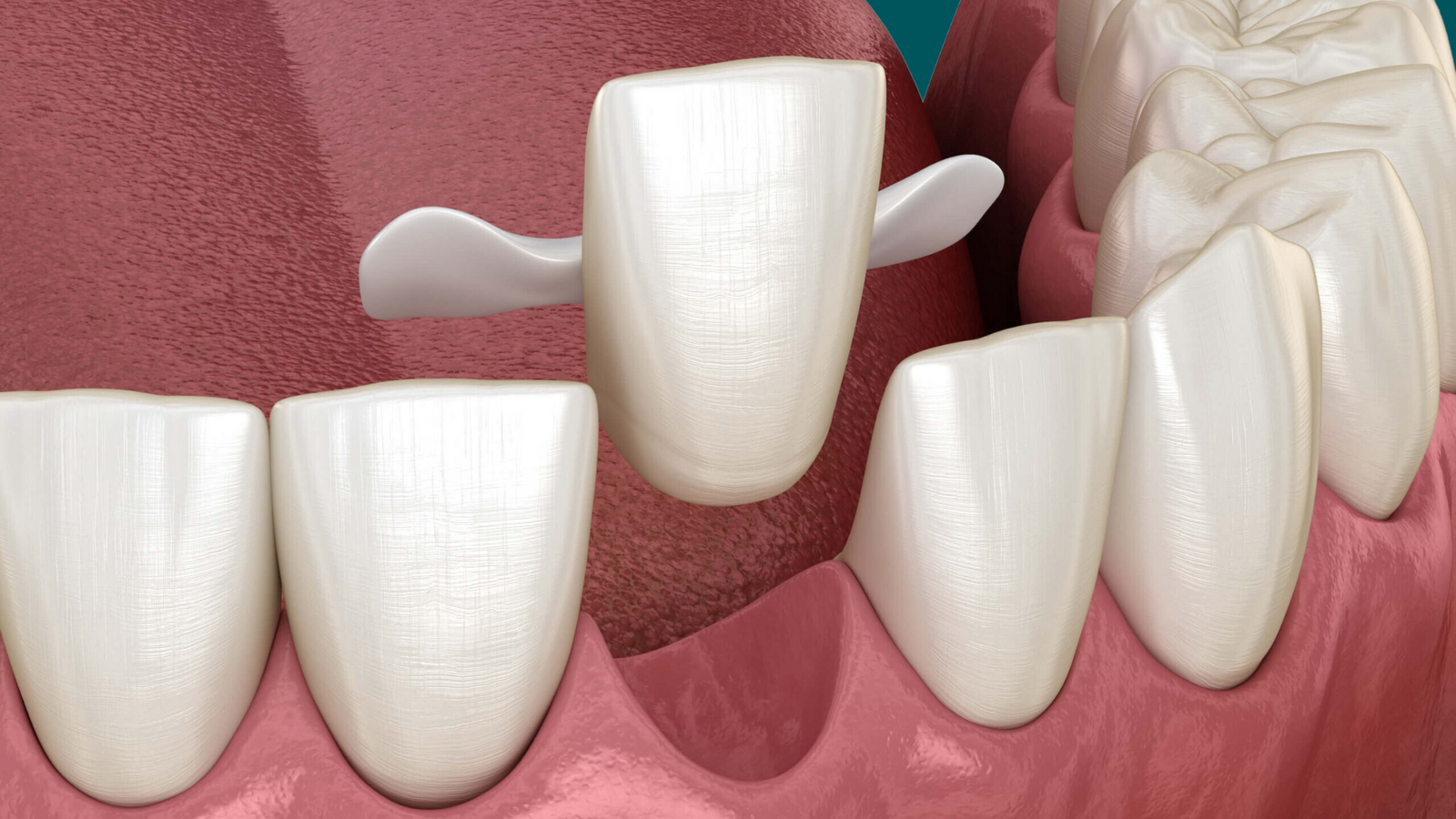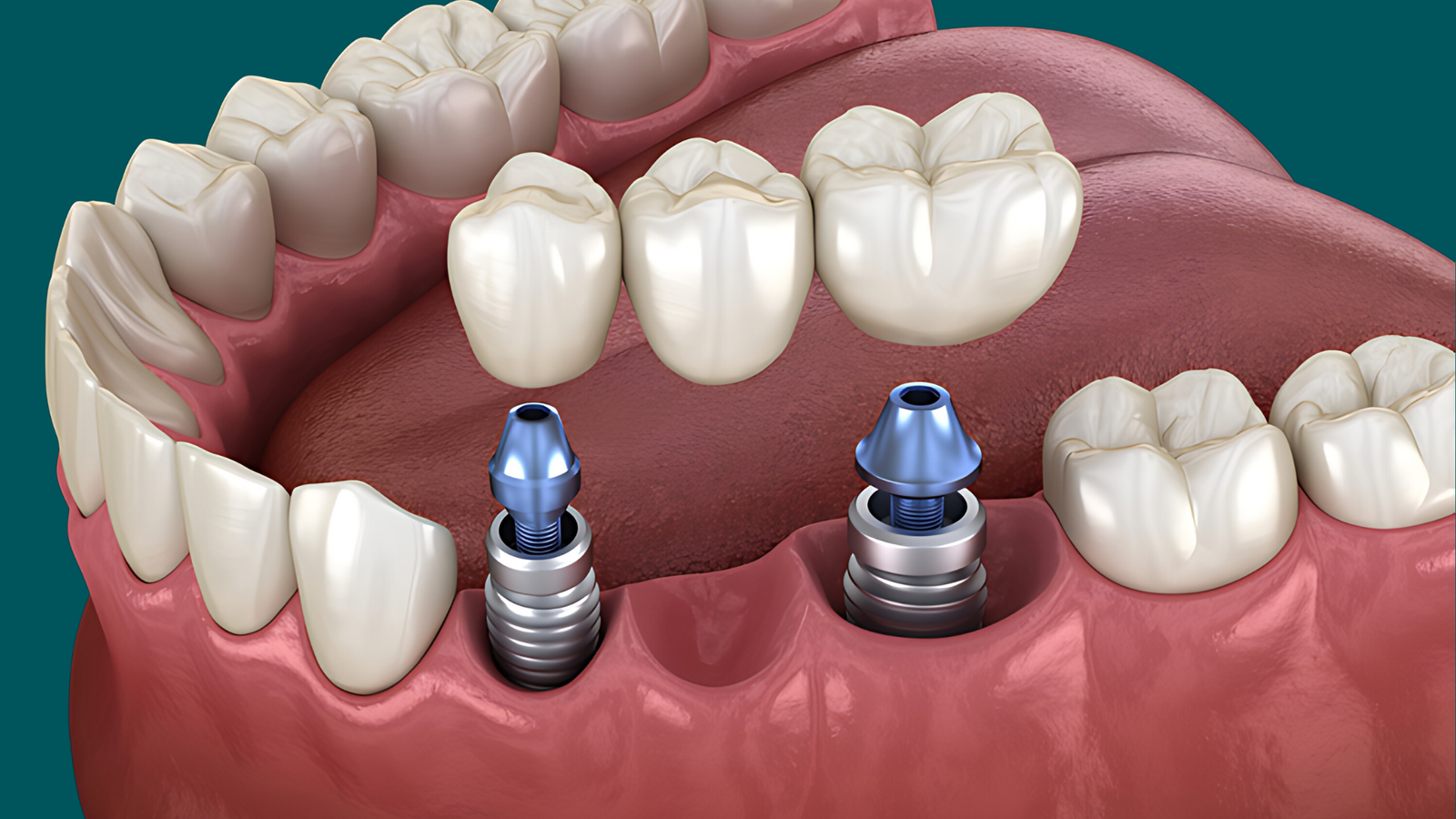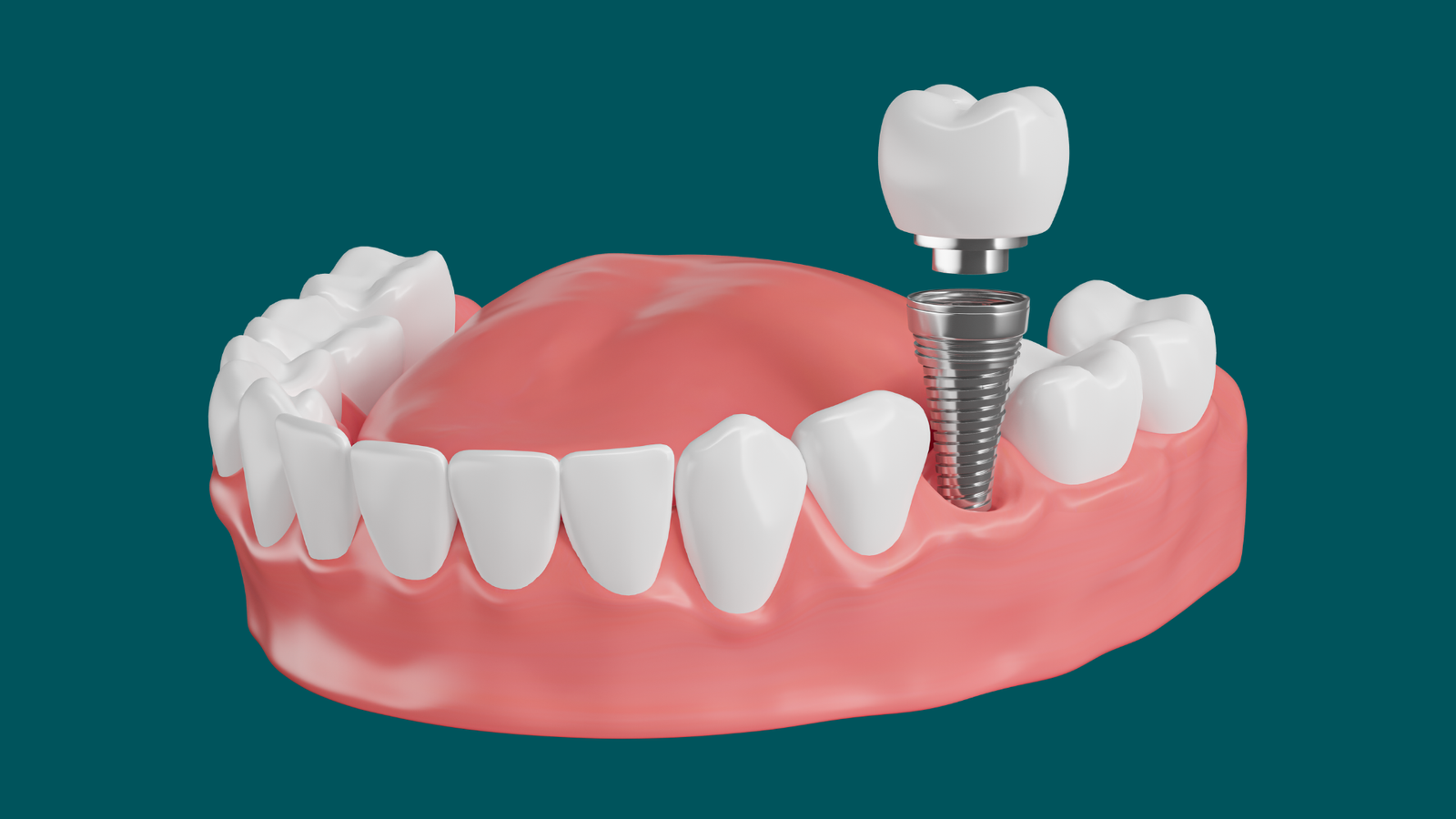Dental Bridges
Bridging gaps with precision and strength.
Explore your options below.
Restores Missing Teeth.
Restores Function.
Preserves Alignment.
In a glance.
Consider Bridges When
- Missing one or more teeth and seeking a fixed solution.
- Desiring to restore your smile and chewing function.
- Looking for a natural-looking tooth replacement.
Consider Other Options If
- There are no surrounding teeth to support a bridge.
- Surrounding teeth are not healthy enough to support a bridge.
The Benefits
- Provides a seamless match for missing teeth, ensuring a natural look.
- Restores the ease of eating and speaking.
- Keeps adjacent teeth aligned, preventing them from drifting into gaps.
The Drawbacks
- Decay or trauma to abutment teeth can weaken bridges.
- Weak abutment teeth may cause bridge fractures.
- Poor cleaning risks gum inflammation and cavities under the bridge.
Learn the process.
1. Initial Assessment
Assessing your suitability for a dental bridge.
2. Material Selection
Choosing the right material to meet your aesthetic and functional needs.
3. Teeth Preparation
Shaping the teeth that will hold your bidge.
4. Impression Taking
Detailed impression of your teeth to guide the bridge fabrication.
5. Bridge Fabrication
Your bridge is meticulously designed and created in the lab.
6. Final Fitting
Carefully placing and permanently securing your bridge.
Learn More
Procedure Steps.

Discover your options.
Selecting the right bridge depends on your dental goals, considering factors such as age, number of missing teeth, gap size, adjacent tooth condition, presence of teeth next to the gap, overall oral health, and personal preferences.
To install a traditional or cantilever bridge, our dentists will;
Once your final bridge is ready, our dentists will;
Traditional & Cantilever Bridges.
Maryland Bridges.
To install a Maryland bridge, our dentists will;
Once your final bridge is ready, our dentists will;
To install an implant-supported bridge, our dentists will;
After your dental implants have successfully integrated, our dentists will:
Once your final implant-supported bridge is ready, our dentists will:
Implant Supported Bridges.
Which material is right for you?
Zirconia
For ultimate properties
E.Max (LD)
For great properties
PFM
For good properties
A message from Mirage Dental Clinic.
Steps and care
Every step outlined, guaranteeing the enduring strength and health of your bridge.
Before having a bridge
Between sessions
After bridge placement
Bridge maintenance
Things to avoid
Frequently asked.
Dental bridges typically last between five to fifteen years, with potential to extend beyond with diligent care. Though referred to as "permanent" for their fixed nature, they will require replacement due to wear or damage over time.
Implants typically outlast bridges and help maintain bone integrity, minimizing future bone loss. Yet, individual oral health conditions, objectives, and preferences play a crucial role in deciding. Consult with your dentist for a tailored recommendation.
Dental bridges are typically not recommended for individuals under 17 or 18, with exceptions based on specific needs
Usually, a bridge can replace between one and three teeth side by side. Replacing four teeth might be possible, but it requires strong, healthy teeth next to the gap to support the bridge effectively.
It's best to replace missing teeth promptly to avoid shifting of adjacent teeth. If an extraction is necessary first, a healing period of a few months is needed before fitting a bridge, allowing gums and bone to recover properly.
No, the process is pain-free thanks to local anesthesia that numbs the area.
Yes, after a brief adjustment period, a bridge will feel similar to your own teeth, becoming a natural part of your mouth.
Yes, if a bridge loosens, it's typically straightforward to remove and reattach. But, if removal is necessary for reasons like treating decay or gum disease, the bridge might break, necessitating a new one.
Speak with our dentists.
Alternative Options.
Discover choices beyond crowns.
